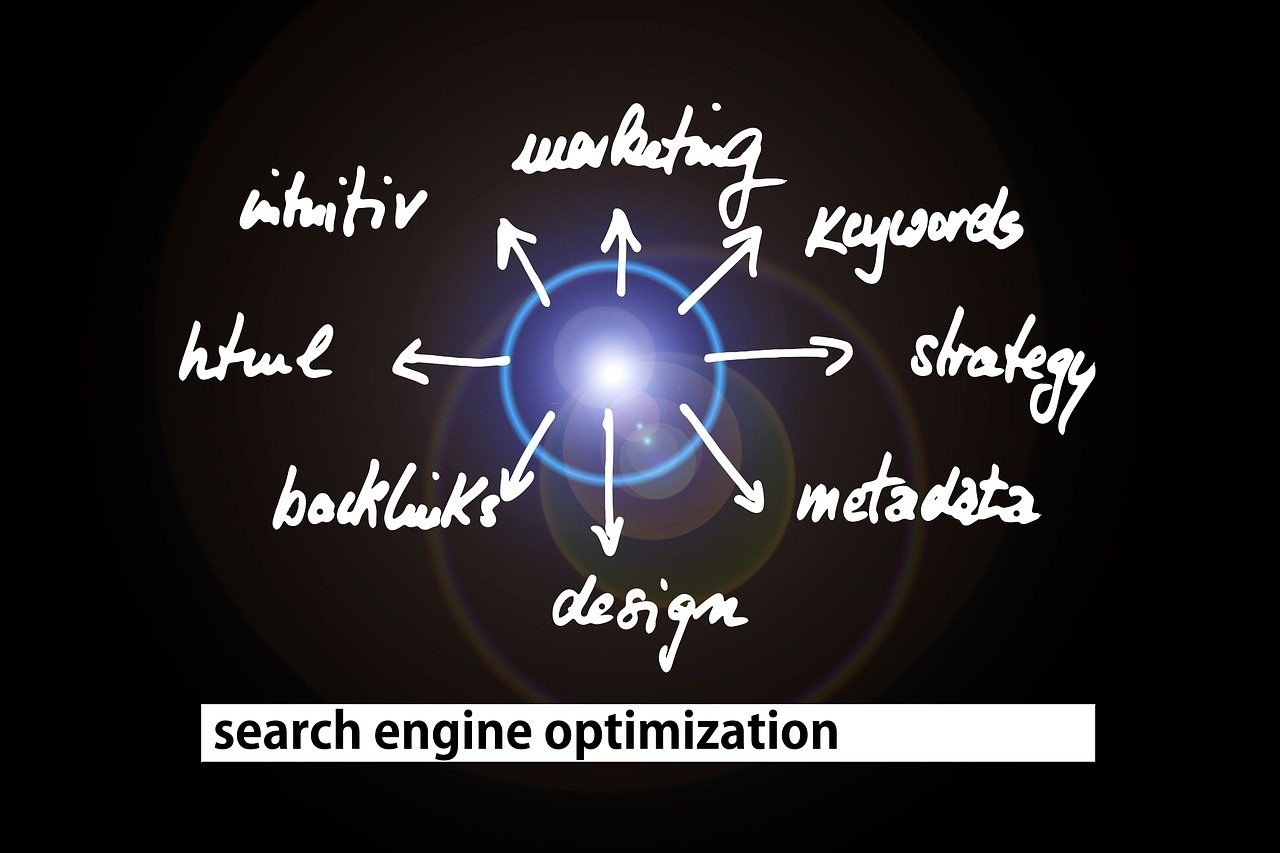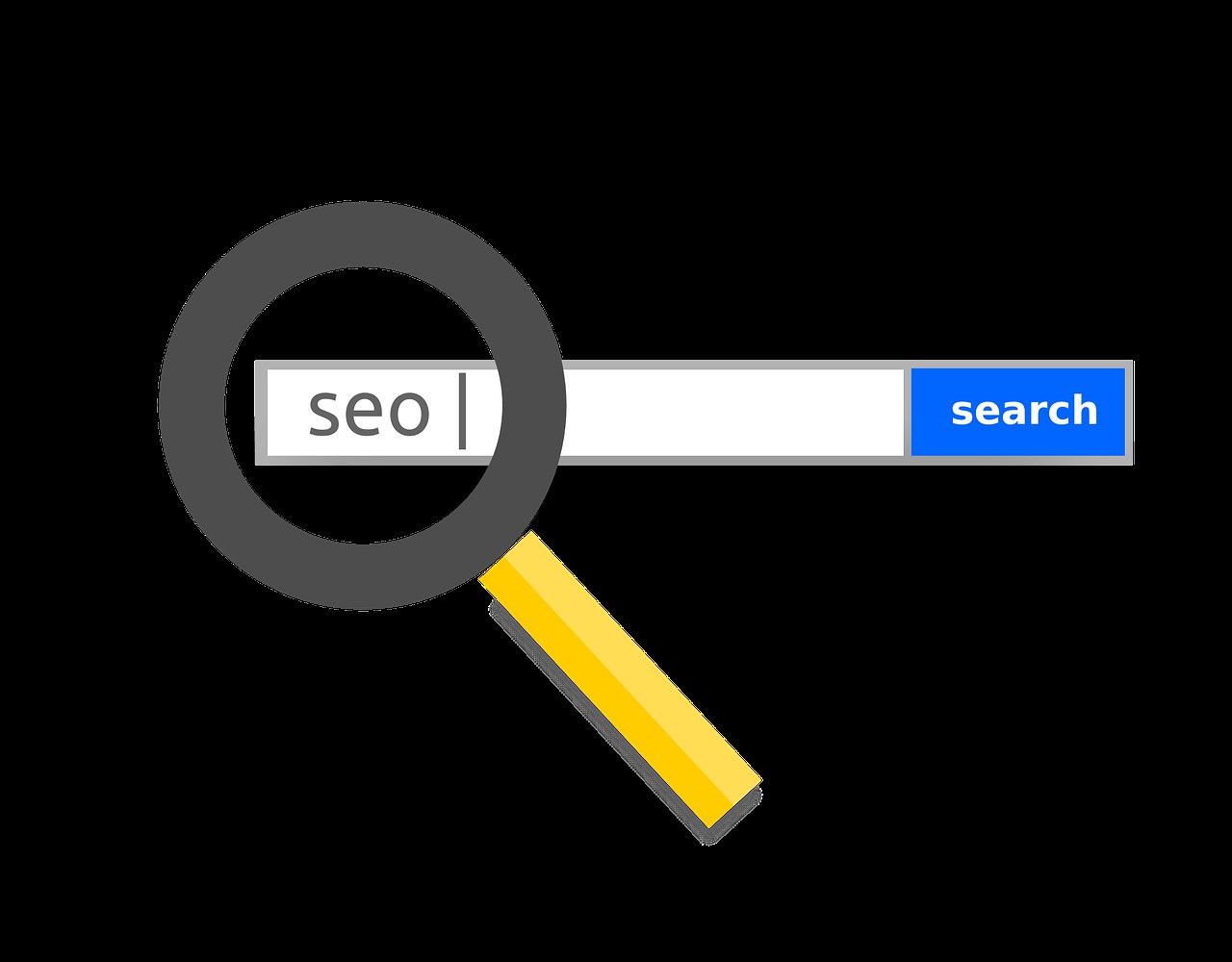– What is the primary goal of a Google visitor?
To find relevant information related to what they are searching for – in other words, an answer to their query.

– What is Google’s primary goal?
Simply put – to provide the best possible answer to the user’s query.

In line with this, engineers working for Google are tasked with adapting it as much as possible to users. They achieve this by changing and improving the rules by which the algorithm operates, forcing websites to adjust and provide the highest possible quality content.
Changes that occur in the Google algorithm are called Google updates and they affect organic rankings!

Sometimes they have a greater impact than expected, sometimes less – but they are certainly the reason SEO specialists, copywriters, designers, developers, and others can never be completely relaxed.
That is why we, at the ORA Digital marketing agency, regularly monitor these changes and implement innovative strategies to achieve the best possible rankings for our clients’ websites.

Let’s take a closer look at what Google updates are and how they influence website ranking.
What exactly is considered a Google algorithm update?
Google owns a massive database that it updates daily and has specific ranking factors based on the keywords a user types into the search bar.

As a result, all websites compete for positions – that is, for the placement of their landing pages for a given keyword.
No matter how pleased you are when you see positive ranking changes, drops of several positions – sometimes even by ten or more – can be equally frustrating.
You can thank the Google algorithm update for that!
All these adjustments and improvements to the algorithm affect how the search engine views and ranks your site.
How often do such changes occur?
This is a perfectly logical question for anyone just stepping into the world of digital marketing.
The answer is – they happen very frequently, with some leaving smaller effects and others having significant consequences.
SEO experts estimate that these changes occur on average several times a day – which means that something new can be expected multiple times within 24 hours.
However, the situation is not as dramatic as it might sound. News spreads quickly in the digital marketing world, so for large, announced changes, marketers can prepare in advance.
Sometimes, these major updates turn out to be false alarms, but SEO professionals cannot afford to be slow in implementing new rules.
Are updates bad, and should we fear them?
Absolutely not. Their main role – as we already mentioned – is to ensure end users get the best possible search results. When you adapt and optimize your site according to the latest trends and guidelines, it’s likely that users will appreciate what you offer.
Here are the main elements a Google update most often influences:
- ranking and visibility;
- organic traffic;
- conversions;
- revenue;
- return on investment.
From an SEO perspective, these are all crucial factors for which optimization is performed to provide clients with the best possible results.
We also want to emphasize that PPC is a very important part of your search engine presence, and we practice it with great success. It is the other side of the same coin as SEO, working together for better content placement and increased visibility.
How can I know when an update will occur?
Google often introduces new changes discreetly before their rollout, forcing you to stay updated on discussions within the marketing community.
There are several measures you should apply together to best track the “rumors” and possible changes:
- First, focus on the fundamentals Google values: quality, relevant, and useful content; easy and fast site navigation; optimized content that directly answers user queries; and links from relevant sites.
- Regularly check website traffic and keyword rankings.
- Stay informed within the marketing community – follow news on Twitter, SEO influencers like John Mueller and Matt Cutts, and the Google Webmaster Central Blog.
- Use tools like Algoroo, Mozcast, and Semrush Sensor…
These are just some ways to partially anticipate the official launch of an update and avoid possible ranking drops.
The most important past updates and what’s relevant today
One of the two biggest Google core updates to date, called Penguin, began back in 2012 and primarily focused on the quality, relevance, and legitimacy of the backlinks pointing to your site – as well as penalizing “black hat” practices.
Its effects lasted for years, periodically evaluating various aspects of a site’s backlink profile.
A year earlier, another major core update called Panda occurred, focusing on how Google evaluates the content on landing pages – quality, accuracy, originality, and similar factors.
These two core updates remain the largest to date, and veteran SEO marketers remember well the start of this then-revolutionary shift in Google search.
Here are some of the most significant current updates:
- The Google Page Experience
This rolled out between June and August last year for mobile, and between February and March for desktop. Key ranking factors SEO specialists should watch due to this update include Largest Contentful Paint (LCP), Cumulative Layout Shift (CLS), First Input Delay (FID), and HTTPS security.
- The Link Spam Update
Active since summer 2021, it focuses on detecting spammy links and ranking sites accordingly. Recommendations for complying with this update include maintaining high-quality backlinks and ensuring sponsored and guest posts are properly tagged.
In addition to these two major updates, three smaller updates have been noticeable in the past year:
- The Core Algorithm Update;
- The Multitask Unified Model;
- Product Reviews Update.
Ultimately, ongoing SEO work is essential – it is the only way to ensure your website consistently stays at the top of organic search results.






0 Comments